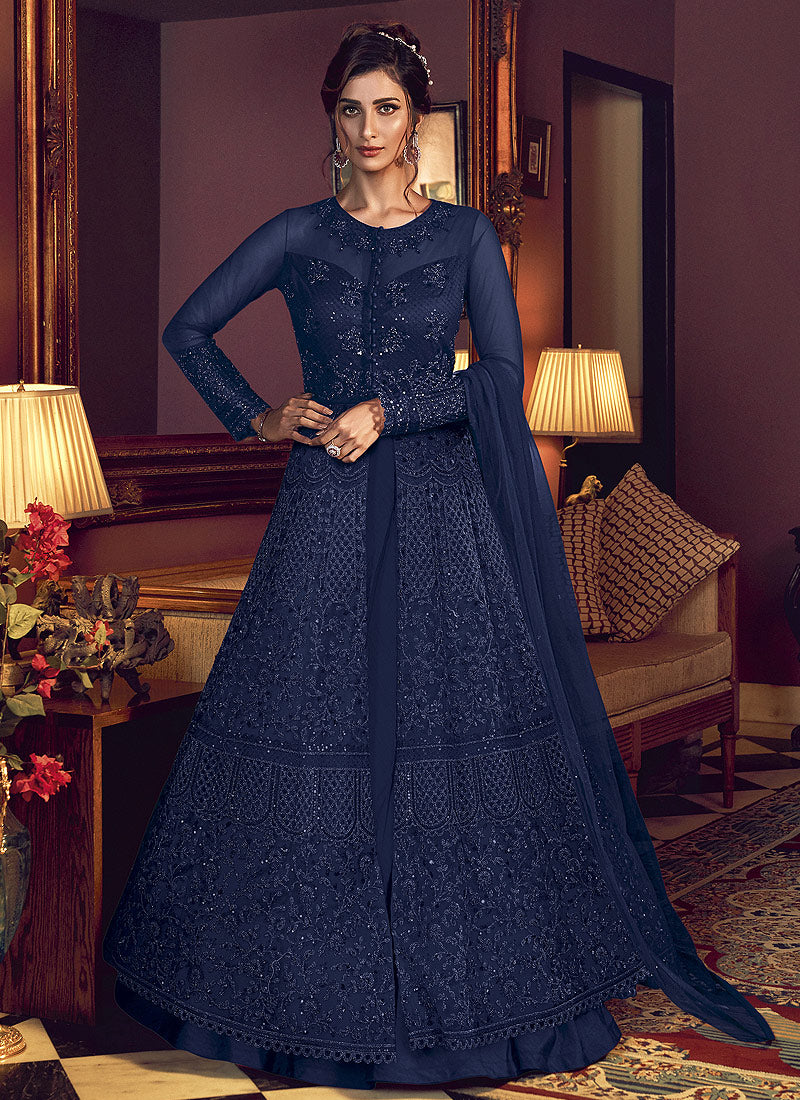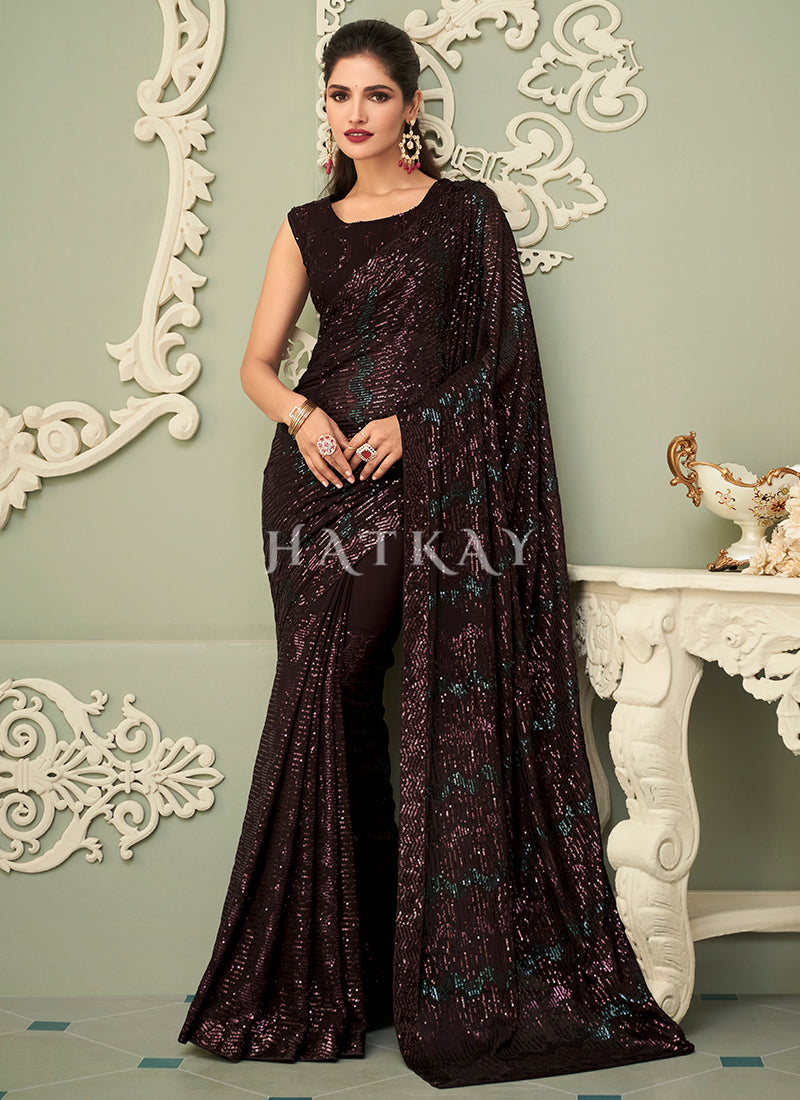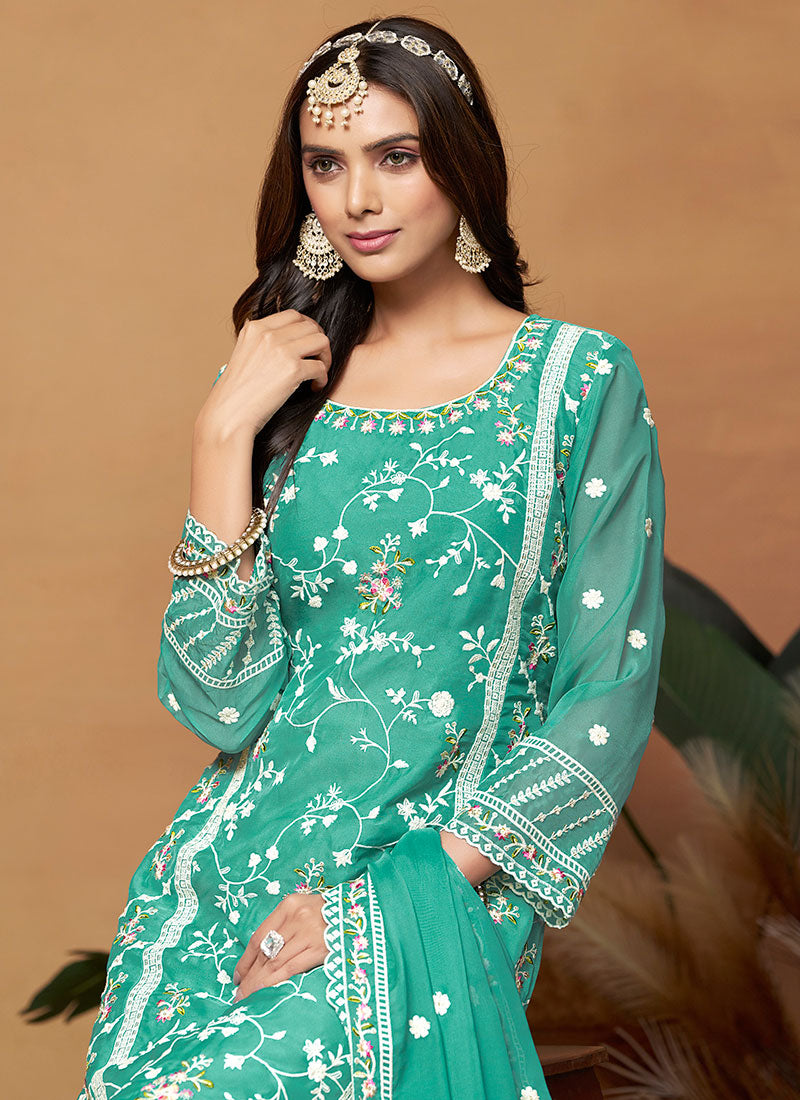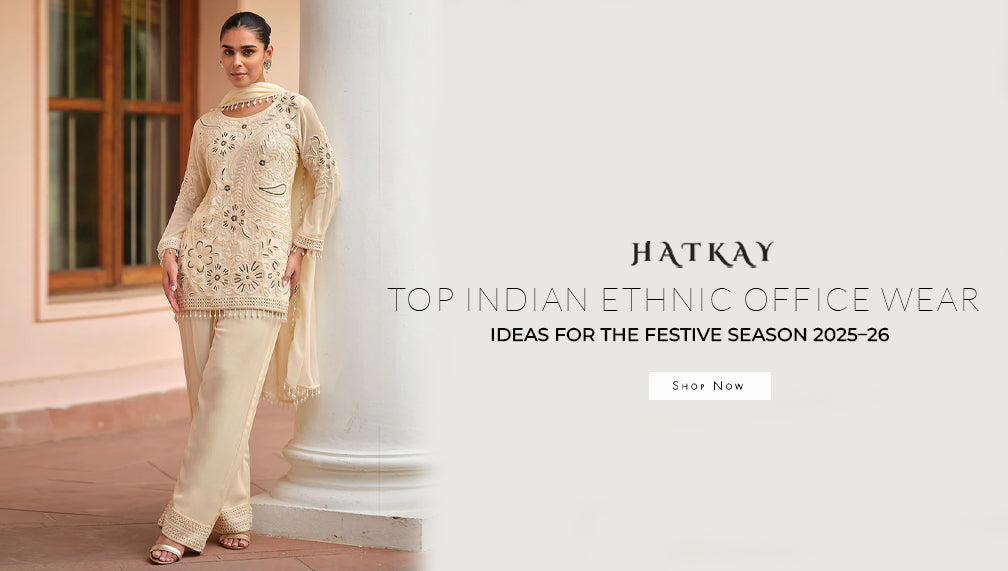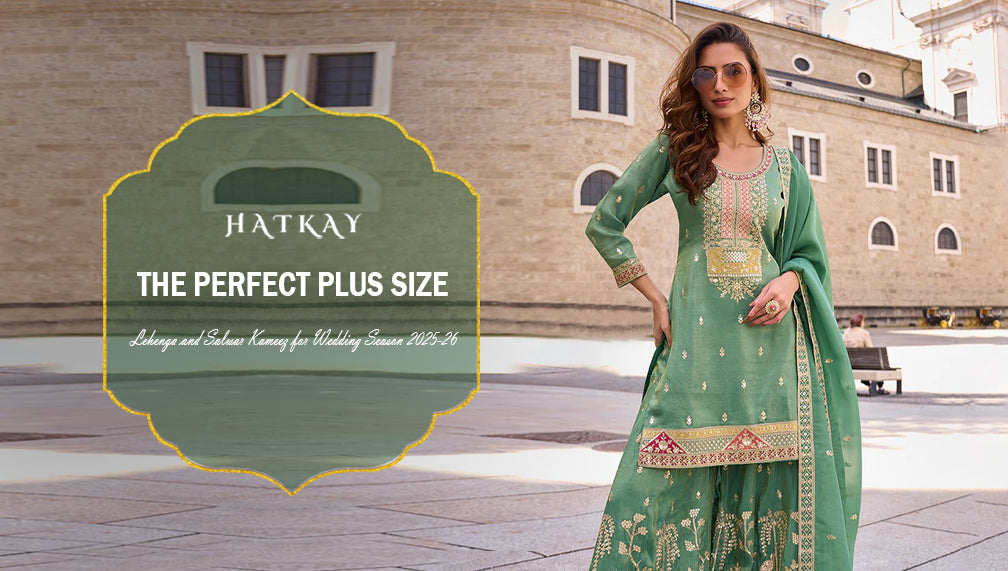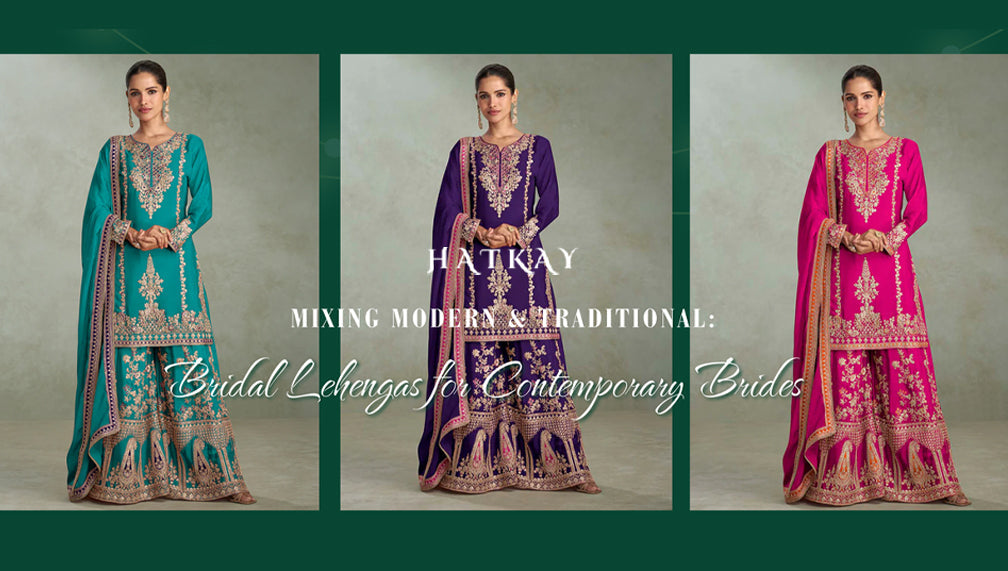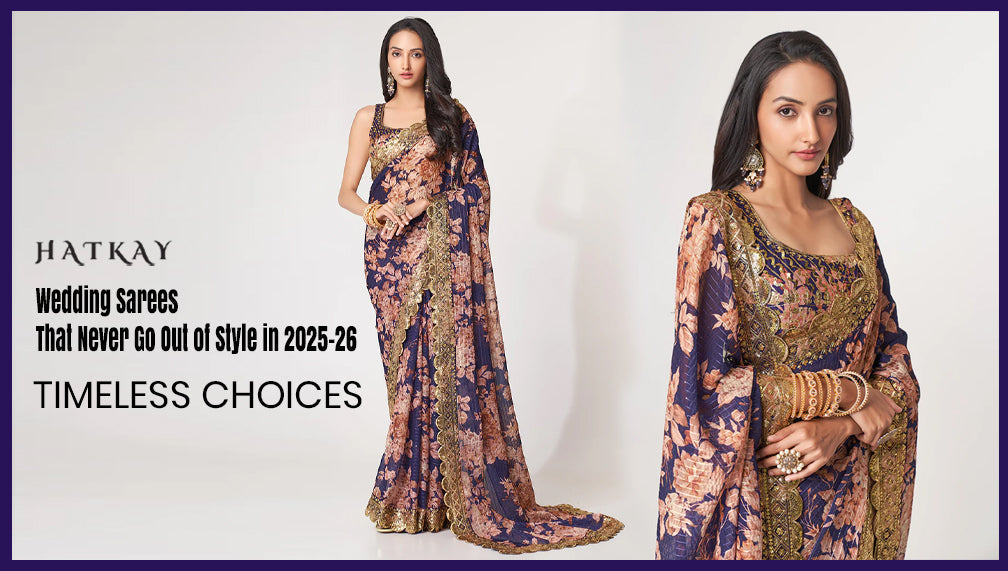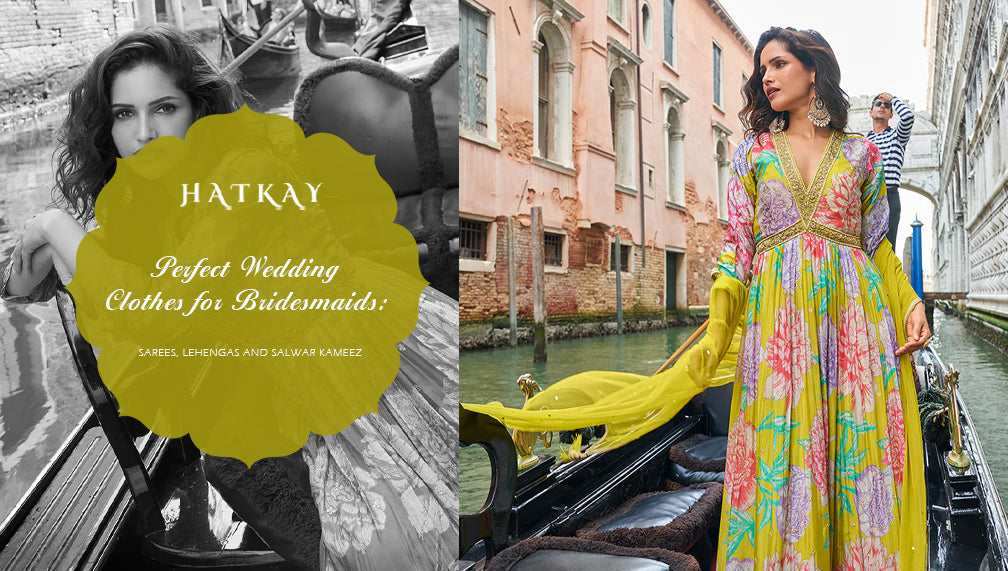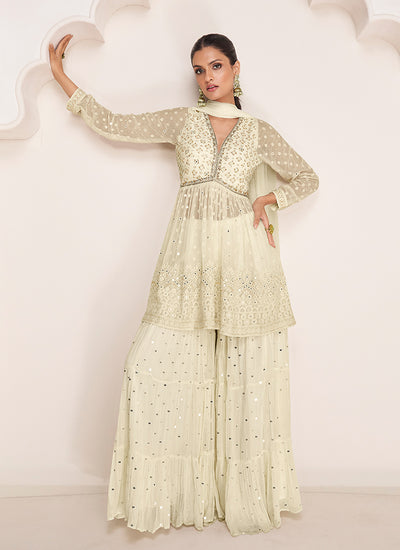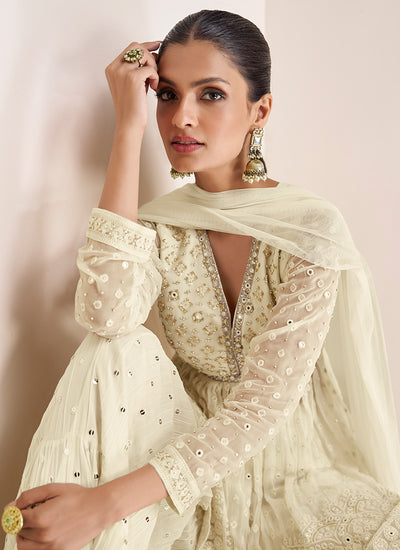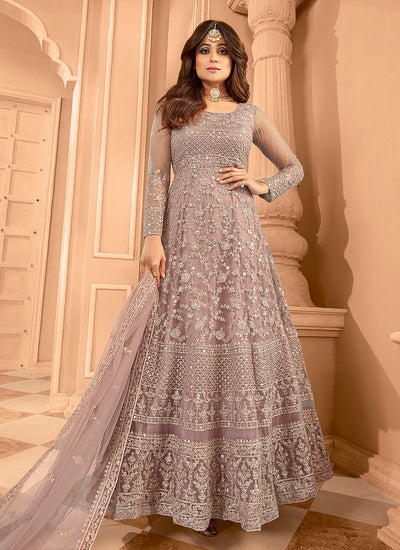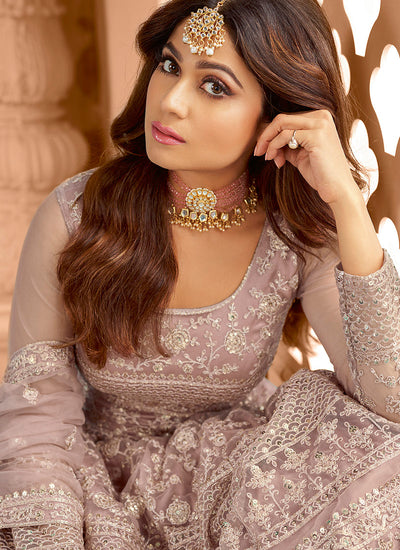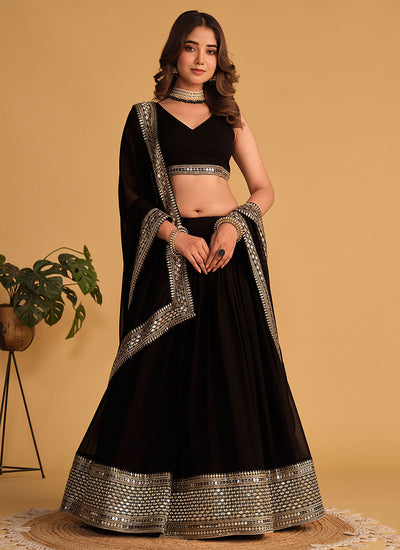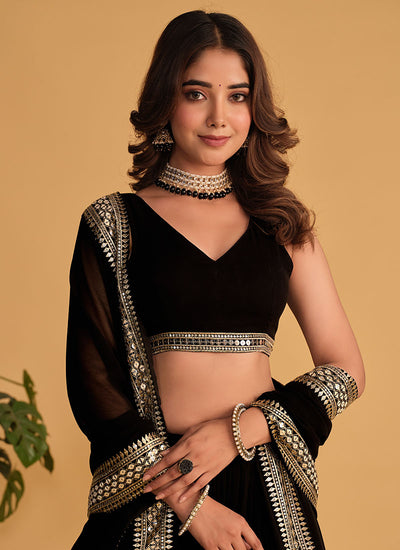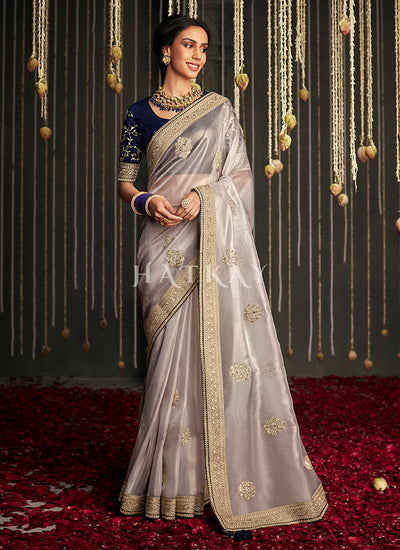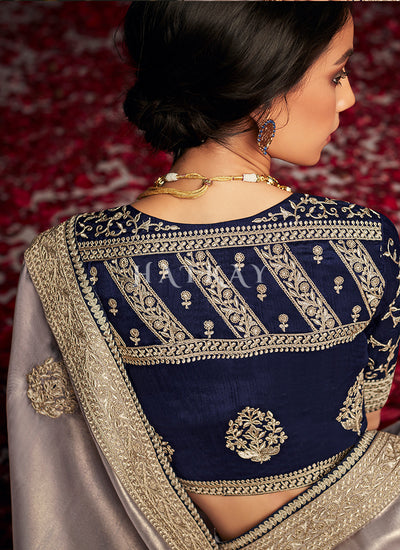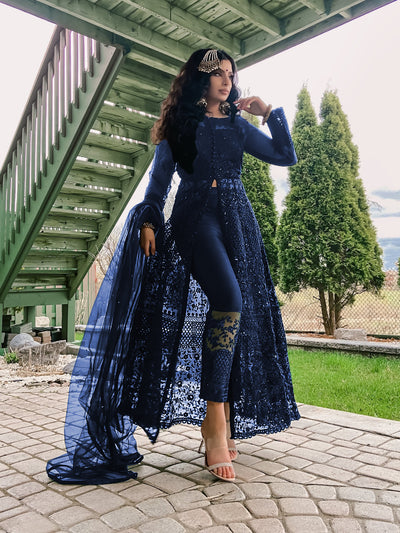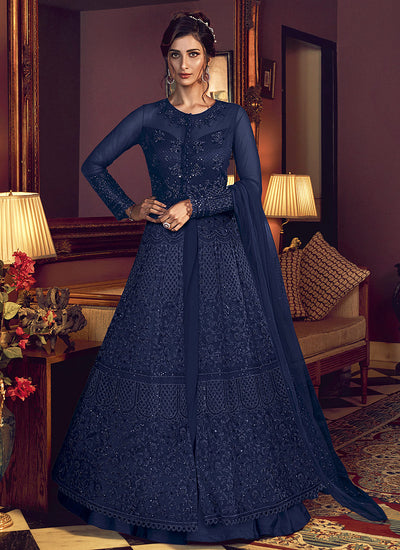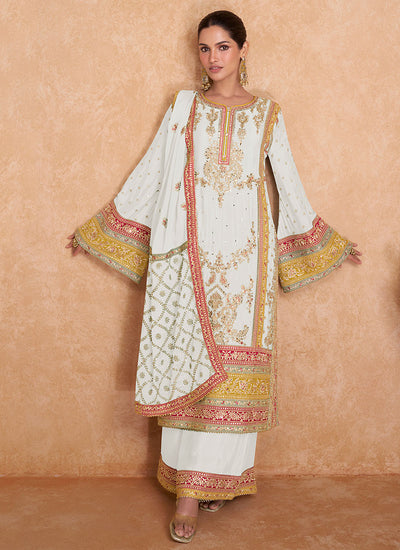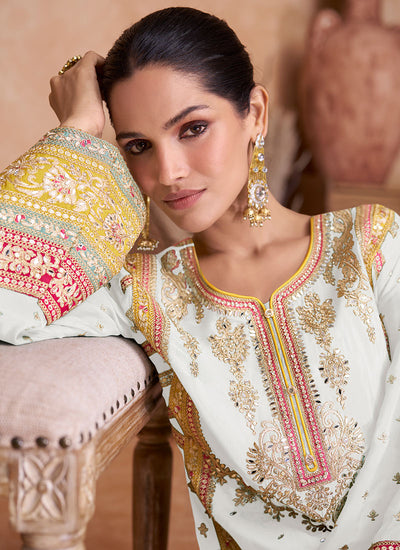
Embracing Tradition: The Timeless Appeal of Indian Ethnic Wear
Indian ethnic wear is more than just clothing; it's a celebration of India's rich cultural heritage, diverse traditions, and unparalleled craftsmanship. From the intricate embroidery of a lehenga to the graceful drape of a saree, every piece tells a story of its own. In this blog, we will explore the various facets of Indian ethnic wear, its evolution over the centuries, and why it continues to enchant fashion enthusiasts around the world.
A Journey Through History
Indian ethnic wear has a history as colorful and diverse as the subcontinent itself. The roots of traditional Indian attire can be traced back to ancient civilizations like the Indus Valley, where early forms of draped garments were prevalent. Over the millennia, Indian clothing evolved, influenced by various dynasties, regional traditions, and foreign invaders.
-
Ancient Times: The earliest known attire was simple yet functional, with the use of cotton and silk fabrics. Men wore garments like the dhoti, while women adorned themselves with sarees, often embellished with natural dyes and rudimentary embroidery.
-
Medieval Period: The arrival of the Mughals in the 16th century brought about significant changes. Persian styles were integrated with Indian textiles, leading to the creation of opulent garments such as the anarkali, sharara, and churidar. The Mughal influence is evident in the intricate zardozi (metal embroidery), zari (gold thread work), and the use of luxurious fabrics like silk and velvet.
-
Colonial Era: British colonialism introduced Western clothing styles to India. However, traditional attire remained a symbol of resistance and cultural pride. Mahatma Gandhi's promotion of khadi, a hand-spun fabric, became a key part of the independence movement, symbolizing self-reliance and national identity.
-
Modern Day: Today, Indian ethnic wear is a blend of tradition and modernity. Designers draw inspiration from historical patterns and techniques, reinventing them for contemporary tastes. The result is a vibrant fashion scene that respects the past while embracing the future.
The Quintessential Elements of Indian Ethnic Wear
Indian ethnic wear is distinguished by its variety and versatility. Each region of India has its unique style, making the country's traditional attire a rich tapestry of colors, patterns, and textures.
-
Saree: Perhaps the most iconic piece of Indian clothing, the saree is a long piece of cloth, typically ranging from five to nine yards, draped elegantly around the body. The style of draping varies by region, with the Nivi style being the most popular. Sarees are made from various fabrics like silk, cotton, georgette, and chiffon, and often feature intricate borders and pallu designs.
-
Lehenga Choli: A traditional outfit worn during weddings and festivals, the lehenga choli consists of a long skirt (lehenga), a fitted blouse (choli), and a dupatta (scarf). Lehengas are known for their elaborate embroidery, mirror work, and beadwork, making them a favorite choice for brides.
-
Salwar Kameez: Originating from the northern regions of India, the salwar kameez is a comfortable and elegant outfit consisting of a tunic (kameez), loose trousers (salwar), and a dupatta. Variations like the churidar (tight-fitting trousers) and anarkali (flared tunic) add to its versatility.
-
Kurta Pyjama: A popular choice for men, the kurta pyjama is a combination of a long tunic (kurta) and loose trousers (pyjama). It is often paired with a waistcoat or a Nehru jacket for a formal look.
-
Sherwani: A royal garment traditionally worn by men, the sherwani is a long coat-like garment that exudes elegance and grandeur. It is often embellished with embroidery and worn with churidars or dhotis.
The Significance of Fabric and Embellishments
The choice of fabric and embellishments plays a crucial role in Indian ethnic wear. Each fabric and design element carries cultural significance and adds to the overall appeal of the attire.
-
Silk: Revered as the queen of fabrics, silk is synonymous with luxury and elegance. Kanchipuram, Banarasi, and Mysore silk are some of the finest varieties, known for their lustrous texture and intricate patterns.
-
Cotton: Ideal for the hot and humid climate of India, cotton is a versatile and breathable fabric. It is used in everyday wear as well as in festive attire, often adorned with block prints and hand-painted designs.
-
Embroidery: Embroidery is a hallmark of Indian ethnic wear, with each region having its distinctive style. Zardozi (gold and silver thread work), chikankari (delicate white thread work), and phulkari (colorful floral embroidery) are just a few examples of the exquisite craftsmanship.
-
Prints and Dyes: Traditional printing techniques like block printing, tie-dye (bandhani), and batik add vibrant patterns to the fabric. Natural dyes extracted from plants, minerals, and insects are used to create rich, enduring colors.
The Modern Appeal of Indian Ethnic Wear
Despite the global influence of Western fashion, Indian ethnic wear continues to hold its ground, both within India and among the Indian diaspora. Several factors contribute to its enduring popularity:
-
Versatility: Indian ethnic wear offers a wide range of options suitable for various occasions, from casual outings to grand celebrations. The ability to mix and match different pieces adds to its versatility.
-
Cultural Pride: Wearing traditional attire is a way for people to connect with their roots and express cultural pride. It is particularly significant during festivals, weddings, and other cultural events.
-
Designer Innovations: Contemporary designers have reimagined traditional outfits, making them more appealing to younger generations. Fusion wear, which combines elements of Western and Indian fashion, is a growing trend.
-
Global Recognition: Indian ethnic wear has gained international acclaim, with celebrities and fashion icons showcasing these outfits on global platforms. This has helped elevate its status in the global fashion industry.
Indian ethnic wear is a celebration of India's rich cultural tapestry, blending history, tradition, and modernity. Its timeless appeal lies in its ability to evolve while retaining its essence. Whether it’s the intricate embroidery of a lehenga, the elegant drape of a saree, or the comfortable grace of a salwar kameez, Indian ethnic wear continues to enchant and inspire, making it a cherished part of the global fashion landscape. As we embrace the allure of Indian ethnic wear, we not only celebrate its beauty but also the stories, traditions, and craftsmanship that make it truly unique.













